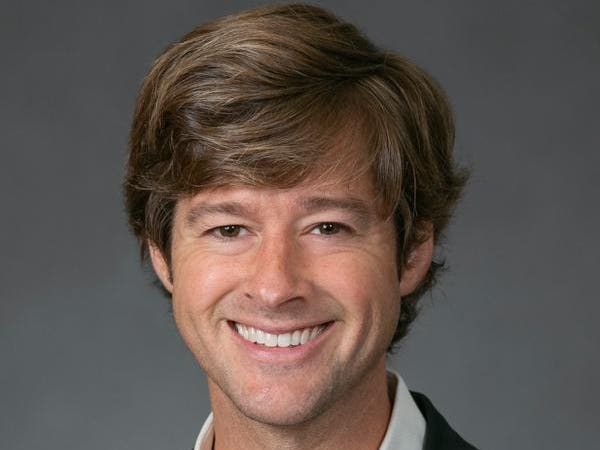In 2015, the Sackler family was the richest newcomer to Forbes list of America’s Richest Families, with a fortune conservatively estimated at $14 billion. Their wealth had been built from creating a controlled-release version of a World War I painkiller that their company Purdue Pharma began selling in 1996 under the brand name OxyContin.
Marketed aggressively as an addiction-proof remedy for a wide variety of aches and pains, OxyContin sales soared, as did addiction rates and overdose deaths among its users. So, too, did the number of lawsuits against Purdue and the Sacklers for their alleged roles in creating an opioid epidemic that has claimed more than 500,000 lives. In 2019, Purdue announced a bankruptcy settlement that included $3 billion in cash from the Sacklers—allowing them to remain billionaires.
That bankruptcy deal morphed to include a $6 billion payout from the family, which would have settled some 3,000 lawsuits and shielded the Sacklers from all future civil lawsuits. Last week, the Supreme Court blocked the bankruptcy settlement in order to review its legality this fall.
Taking On The Sacklers
For Michael Quinn, a partner in the New York City law firm of Eisenberg & Baum, the Supreme Court decision is a temporary victory in a battle he’s been fighting on behalf of his clients for years. During Purdue’s original bankruptcy proceedings, he represented the famous photographer Nan Goldin and activists from around the country who, he says, “are really concerned about getting accountability in this case from the Sacklers.” (Click on the video above for a full interview.)
Quinn had helped Goldin form a grassroots group called P.A.I.N. (Prescription Addiction Intervention Now), which brought attention to the Sacklers’ pivotal role in the deadly opioid epidemic and shamed art institutions worldwide into ending their association with the family. (Goldin became addicted to OxyContin after taking it for tendonitis in 2014.) And when Purdue declared bankruptcy and pushed to limit liability for the family, Quinn formed a creditor’s committee that called itself the Committee on Accountability.
“Purdue Pharma, as a corporate entity, pled guilty to two crimes a few years ago—bribery/kickbacks and stealing money from the government,” notes Quinn. Despite a record $8.3 billion fine that paved the way for Purdue’s bankruptcy, there were no charges against individuals like Richard Sackler, who was chairman and president when those crimes took place. “This wasn’t a driverless machine. There were individuals committing those crimes.”
The Sacklers’ payout was boosted to $6 billion after several states appealed the initial bankruptcy deal. In return, the family would be immune to all future lawsuits and financial liability. (The Sacklers said they acted “lawfully in all respects” and regret that OxyContin “unexpectedly” became part of the opioid crisis.)
‘Abuse of the Bankruptcy System’
The Biden Administration took issue with the deal. Solicitor General Elizabeth Prelogar has argued that granting the Sacklers immunity from civil liability under Chapter 11’s “third-party release” provisions is an “abuse of the bankruptcy system.”
Quinn agrees. has a point. In effect, he says, the deal lets users exploit a system designed to help people reorganize and settle their financial debts and weaponize it to shield their assets for unrelated and potentially criminal liabilities. “It incentivizes business owners and decision makers to act recklessly because they’ll always have an escape hatch,” says Quinn. “They will always be able to throw the entity into bankruptcy and piggyback right along with it and limit their liability in a very proactive way.”
The Boy Scouts Model
But the Sacklers and Purdue are not the first to use Chapter 11 filings to shield themselves and their assets against opponents. Almost three dozen Catholic dioceses have filed for bankruptcy, with compensation programs for abuse victims. Johnson & Johnston used bankruptcy as a tool to protect its profitable businesses from liability in cancer lawsuits. Earlier this year, the Boy Scouts of America emerged from bankruptcy with battling multiple appeals over its $2.46 billion settlement to resolve claims of abuse.
Now, the Supreme Court will decide if bankruptcy court is the right place to be deciding or limiting culpability on non-financial matters.
“Purdue has been existing while being a known criminal for years,” says Quinn. He argues that making a settlement contingent on a bankruptcy plan deprives victims of their day in court, gives those who injured them the power to set the narrative, and caps the liabilities of third-party non-debtors who belong in a different court. “we don’t think that’s what the bankruptcy system was set up to do.”



